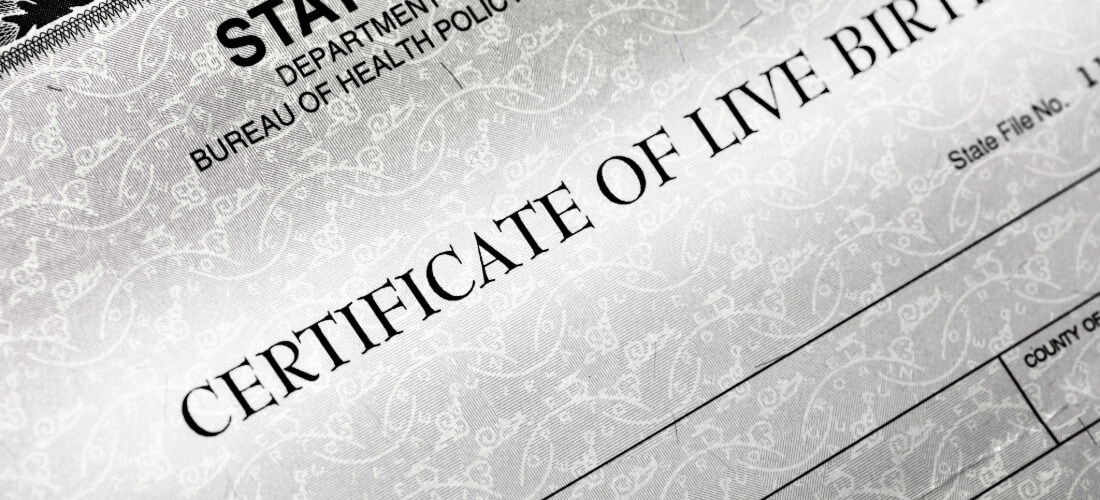
Without knowing the benefits of online payment processing, can you imagine still having to visit your bank to make a mortgage payment?
Or what about a hurried visit to your utility company to pay the electric and gas bills before rushing to the cable company office before it closes to pay a bill that keeps the TV and Internet connected?
[Read More: This article is part of our series on What are online government services?]
For most of us, that process is unimaginable—almost laughable. That’s because private companies have made a wide array of online business options available, and consumers’ reliance on these online services continues to grow year-over-year.
Case in point: the Fiserv 2019 Expectations and Experiences Survey on consumer payments shows that Online payment activities are on the rise, with several types of online transactions showing continued year-over-year gains. Of those surveyed, boomers and seniors have shown the largest increase in usage.

The same Fiserv survey also found that consumers over the age of 65 are increasingly using online or mobile payment services.

Non-cash payments to governments increase while check payments decrease
The move to online, digital payments is happening in the public sector too. The 2019 Federal Reserve Payments Study (FRPS) found overall growth of non-cash payments (checks, ACH, cards) accelerated from 2015 to 2018 compared to the previous three year period. Within those non-cash payments, check payments fell 7.2 percent from 2015 to 2018, while ACH payments grew 6 percent and debit/credit card payments grew 8.9 percent.
Given these trends, is your agency moving quickly enough to meet the needs and expectations of citizens?
There are plenty of ways for government agencies to digitize their collections process. In fact, GovOS built its own Payments feature to make it easier for government agencies to collect online payments. As GovOS President, Kevin LaFeber says, “Anyone who has had to go through the multi-step, multi-day process of depositing a check should understand why digital payments should be the new normal.”
Here are a few ways in which allowing your constituents to make online payments will make life easier for citizens and staff. Let’s dive in.
1. Increase convenience and time savings for your constituents
Just by mentioning the scenario above, you can start to see how online payments can make a huge difference for your constituents. Not only do online payments save your constituents time by eliminating the drive to your department, and any wait time associated with their paperwork, but it also opens your business hours.
Unrestricted access to essential services means members of your community don’t have to take long lunches, or time off work to complete paperwork when it fits your department’s schedule. Giving the power of scheduling back to your constituents creates a far better customer interaction.
2. Decrease stress and increase productivity for your staff
The automated nature of online payment processing brings efficiency to your staff, allowing them to bypass manual calculations and paperwork routing with the appropriate technology. And, with fewer citizens queuing in the office to submit paperwork and payments, your staff can breathe a little easier. Reduced paperwork on your team’s desk equates to additional time available for other, potentially more engaging projects.
Online payment processing can also aid in alleviating the hassles of back-and-forth communication commonly experienced with bounced checks. Through pre-authorization, your department can verify fund availability before processing, thus eradicating the frustration and revenue loss associated with chasing down payments.
.png)
3. Grow your department’s bottomline
Were you aware that accepting checks at your department could potentially incur costs exceeding the collected fees? With factors such as bank runs, reconciliation challenges, and additional fees, ample data highlights the inefficiencies linked to departments receiving checks as payments.
Conversely, by switching to online payment processing, not only can you cut out the cost of processing checks, but you actually have the opportunity to increase your revenue. As we mentioned in the official press release for our Payments feature, one government agency just north of New York City collected more than $62,000 across 16 form submissions in less than one week.
By bringing the payment system online, and providing more convenience to your constituent, your department may receive applications that might have not otherwise been submitted.
4. Put the safety of citizens and staff first
The global pandemic we’re currently facing — COVID-19 — has opened our eyes to unexpected events that can disrupt business.
Once COVID-19 began infiltrating the globe, many businesses were forced to make drastic switches to the way they operated. Numerous sudden adjustments revolved around the advice to ‘shelter-in-place’ and practice ‘social distancing’.
In these cases, businesses needed to find ways to continue operating, while limiting the amount of face-to-face interactions they had with clients. Minor adjustments, such as transitioning payments to an online platform, represent an effective method for reducing the amount of constituents that wait in your waiting room and limit the amount of hand-to-hand transfers your constituents and staff must handle. While the long-term effects COVID-19 has on the business world are uncertain, one thing is clear: a digital process can be a sustainable backup method for all businesses, including government departments.
Rest assured that when you use our Payments feature, you’re in good hands. GovOS follows the highest data security standards with PCI Compliance which means your constituent’s data is safe.









